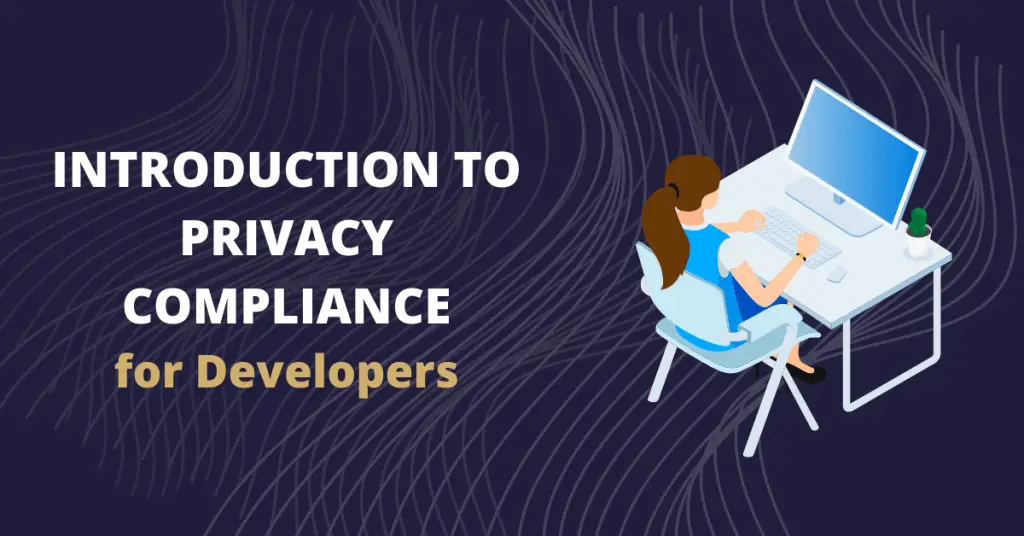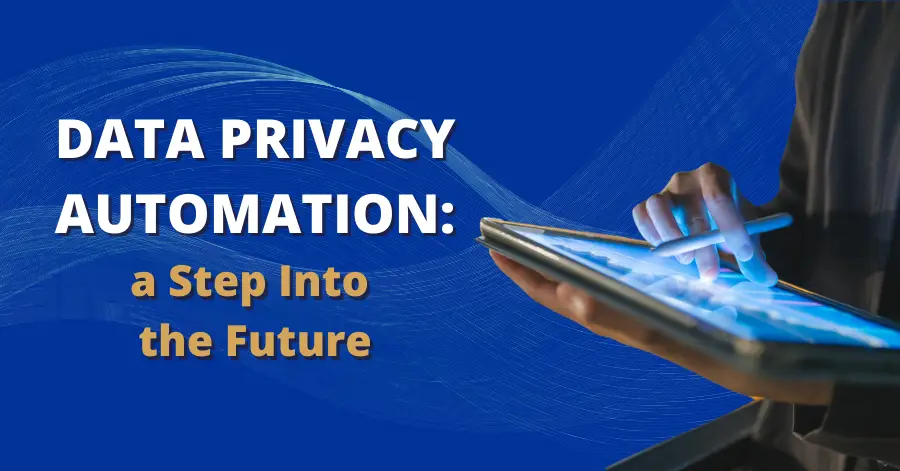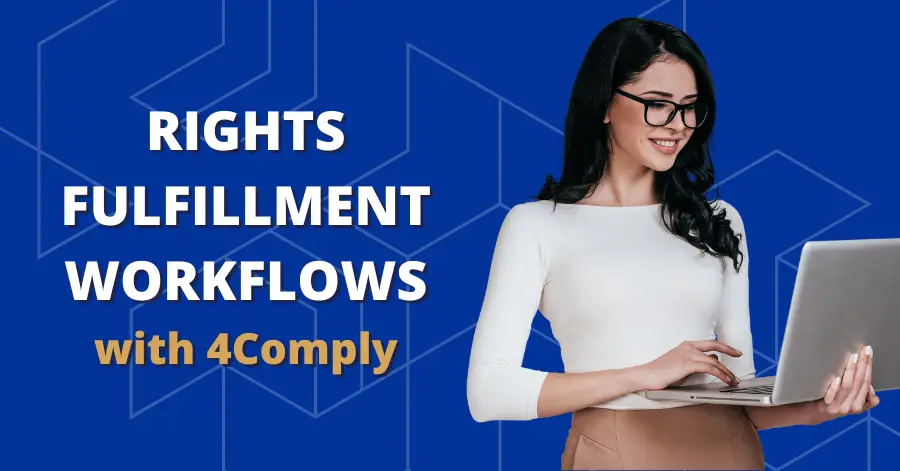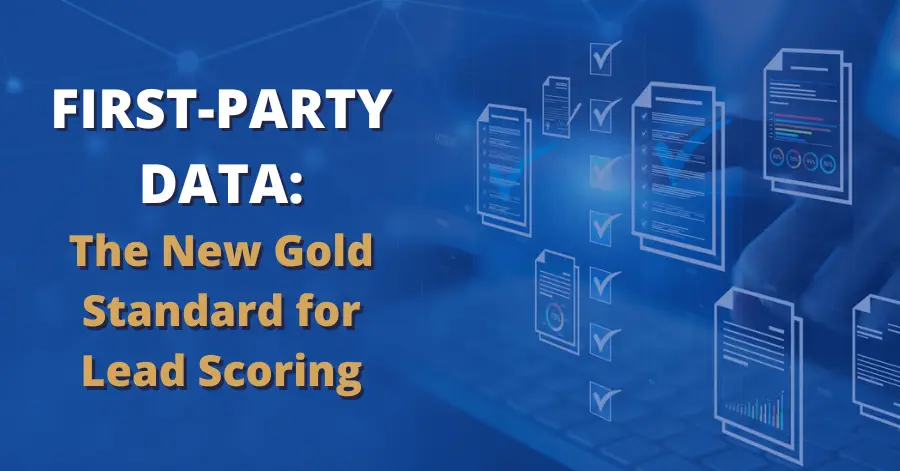Introduction to Privacy Compliance for Developers


An Introduction to Privacy Compliance for Developers
Data is an incredibly versatile asset for developers. With it, you can build customized user experiences, power effective marketing and sales systems, and help teams better understand how their users and prospects engage with your brand. However, with great power comes great responsibility. Strict regulations like the General Data Protection Regulation GDPR and the California Consumer Privacy Act (CCPA) now govern the collection, storage, and use of personal data. Meanwhile, legislatures around the world continue to establish new laws and regulations. For developers, improving privacy requires new tools and skill sets.
Wearing Multiple Hats
While (most) developers aren’t lawyers or data architects, a baseline understanding of privacy compliance allows you to create meaningful products in a compliance-regulated world. Not every front end developer needs a deep understanding of privacy compliance. However, this knowledge is an excellent asset for developers working on projects and participating in discussions where customer data is collected and processed within the organization.
The better developers understand the fundamental legal, operational, and architectural requirements, the better you’ll be able to work effectively with other key stakeholders, including sales, marketing operations, legal, and data privacy officers.
Key Compliance Areas
Simply put, privacy compliance is complicated. The GDPR alone fills more than 88 pages. But compliance doesn’t have to feel intimidating. Developers can break privacy into three key areas:
- Consent and permissions
- Rights fulfillment
- Activity history
Consent and Permissions
Consent refers to offering users the ability to OPT-IN or OPT-OUT of company communications using their personal information. Based on their action, developers can collect and store the user’s data along with additional metadata available at the time of submission.
For full compliance and for the best chance for the customer to provide their data, you should clearly explain why you want the information and how you will use it. You should also provide convenient links to your privacy policy or other agreements they are accepting. Depending on the user’s country, you may also need to disclose and collect additional details to document consent adequately.
One of your first tasks is to evaluate data entry points or data sources. If data is only coming in from one place (e.g., website clicks or social media engagement), then the data should be in the same format and easier to locate.
You should also keep track of your data entry points or data sources. Companies acquire data through a variety of channels, including but certainly not limited to:
- Emails
- Web forms
- Social media
- Virtual and in-person events
- Mobile apps
- Phone calls
- Paper forms
- Video
- Purchased or imported lists
Each of these sources can have different data collection requirements and policies for information provided by the user and details collected by the application. And this varies with the data subject’s location. The data you collect should be in a format appropriate to its collection method, and easy to locate.
Permission is the result of evaluating consent to determine if, at that moment, you may use personal information for the intended purpose. For example, let’s say you purchased a widget from acme.com and authorized them to contact you about this product. Two different groups now want to contact you. Marketing has a new product offering they want to promote, but your consent only covers your previous purchase. So, in this case, marketing does not have permission to contact you. Meanwhile, customer support has a service bulletin for your product. Because a clause in purchase agreement granted consent, customer support has permission to use your personal information to contact you.
Rights Fulfillment
Rights entitle digital citizens (or “contacts”) to specific actions with their data backed by force of law. For example, consumers have the right to access, view, or modify their data, or request removal of their data altogether. Let’s dive a little deeper with rights using a specific example: The Right to Be Forgotten (RTBF).
As one of the most important and wide-reaching elements of GDPR, the RTBF is an excellent compliance use case. The Right to Be Forgotten covers the complete erasure of a user’s data and any backups of that data that may exist. But what does it mean in practical terms?
RTBF inquiries require companies to completely erase a users’ data from all systems upon request from the user or legal authority. Deleting contact information may seem straightforward if user data enters the system through one entry point and is stored in one central database. But if the data exists across multiple systems, it gets complicated quickly.
For example, social media data might be stored on a marketing platform and copied into a sales platform, then duplicated into backups on a separate server. That’s already three different copies of the same information – all of which must be removed. Tracking down every copy in cases like this could prove time-consuming and inefficient if not properly planned.
Additionally, if access permissions enable anyone in your organization to download user data into local files, that can create a severe breach of the RTBF. Of course, a developer can’t keep track of locally stored data, which is part of why admin permissions controlling data access are so critical. Developers must limit data access permissions and retain robust documentation regarding storage practices and policies to comply with RTBF requests.
Activity History
Each time a person submits information using an online form, you must record and store details about the activity to demonstrate your compliance. The same is true if an employee uploads a file or if data enters through an integration. You must maintain a complete history for each activity along with any previously stored activities.
For auditing purposes, developers are never allowed to modify the activity history in 4Comply for any reason. It is a permanent, immutable record of a user’s data flowing into your company’s applications and processes, and is used to calculate permissions after applying applicable laws and policies.
The activity history also includes details on any rights requests, their frequency, and information changes.
4Comply Privacy Compliance API Service
Managing these three critical areas of privacy compliance may seem daunting, especially if you’re trying to build a solution from scratch. Fortunately, you don’t have to. 4Comply is an API service that allows developers to add privacy compliance capabilities to any application or process quickly.
Want to give it a try? Sign up now for a developer account. Use our developer documentation and interactive API reference to explore how 4Comply can help you build compliance into your application. Contact our team with any questions or to request a free trial.





